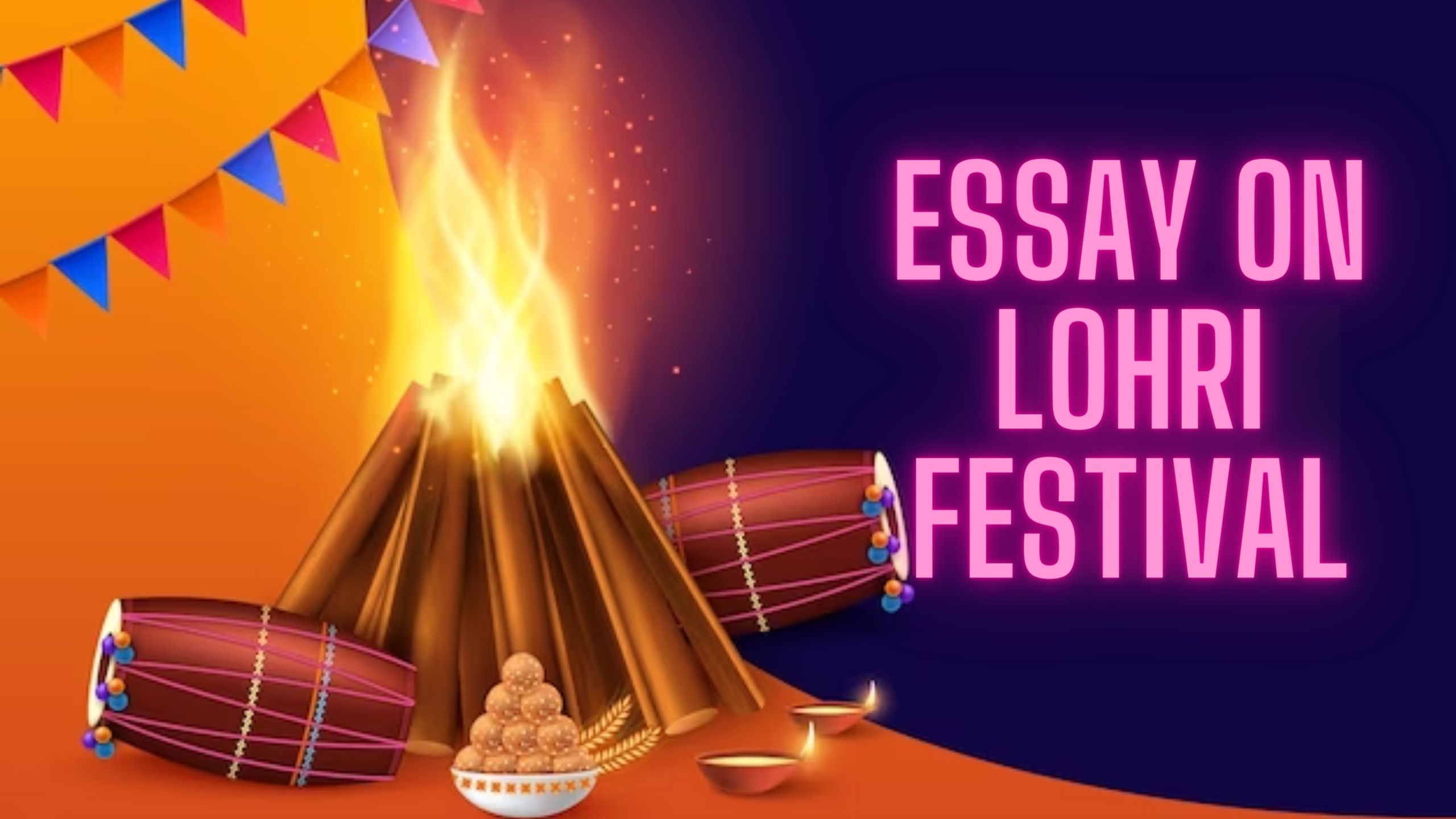Lohri Festival: Embracing the Bonfire of Joy and Harvest
Introduction:
Lohri, a vibrant and exuberant festival celebrated primarily in the north of India, holds a special place in the hearts of Punjabi communities. Observed on the 13th of January each year, Lohri marks the culmination of winter and the arrival of longer days. This festival, characterized by bonfires, folk songs, traditional dances, and festive feasts, is a celebration of the harvest season and a reflection of the rich cultural heritage of Punjab.

Historical and Cultural Roots:
The origins of Lohri can be traced back to ancient folklore and legends, with roots in the agricultural landscape of Punjab. The festival is associated with the winter solstice when the sun starts its northward journey, bringing warmth and abundance to the land. It is celebrated with great zeal by farmers who gather to express gratitude for a successful harvest.
Rituals and Traditions:
The central focus of Lohri celebrations is the lighting of a bonfire. Families and communities come together to kindle a massive fire, around which people sing traditional folk songs, perform Bhangra and Gidda dances, and share the joyous spirit of the occasion. The bonfire symbolizes the energy of the sun and is a collective expression of gratitude for the agricultural yield.
Offerings are made to the fire, including til (sesame seeds), gur (jaggery), peanuts, and popcorn, each holding symbolic significance. These offerings are a gesture of thanksgiving to the natural elements that contribute to a bountiful harvest. The warmth of the bonfire also serves as a communal gathering point, fostering a sense of unity and camaraderie.
Traditional Attire and Music:
Lohri celebrations are incomplete without the vibrant traditional attire worn by men and women. Men often adorn colorful turbans and perform the energetic Bhangra dance, while women wear bright salwar-kameez and engage in the graceful Gidda dance. The beats of dhol and the tunes of traditional songs fill the air, creating an atmosphere of joy and merriment.
Significance for Newlyweds and Newborns:
Lohri is especially significant for newlyweds and newborns. Couples who have recently tied the knot or welcomed a new member into the family celebrate Lohri with added fervor. It is customary for newlyweds to receive gifts and blessings from elders in the community. For newborns, Lohri becomes a joyful occasion as they are introduced to the community through festive rituals and celebrations.
Culinary Delights:
Lohri is synonymous with indulging in a variety of delectable Punjabi dishes. Sarson da Saag and Makki di Roti, sesame seed and jaggery-based sweets, and other traditional delicacies grace the festive menu. The culinary aspect of Lohri not only satiates the taste buds but also reflects the agricultural abundance that the festival celebrates.
Social Harmony and Unity:
Lohri transcends religious and cultural boundaries, uniting people in the spirit of joy and festivity. It is a time when communities come together to share the warmth of the bonfire, exchange greetings, and strengthen social bonds. The festival promotes unity, tolerance, and the idea of celebrating diversity.
Conclusion:
Lohri, with its roots deeply embedded in agrarian traditions and cultural folklore, serves as a vibrant tapestry that weaves together the threads of joy, gratitude, and community spirit. As the bonfire of Lohri illuminates the winter night, it also lights up the hearts of people, bringing warmth and togetherness. The festival not only celebrates the harvest season but also serves as a reminder of the importance of unity, cultural richness, and the interconnectedness of communities in the tapestry of life.
Read More: Essay on Makar Sankranti

